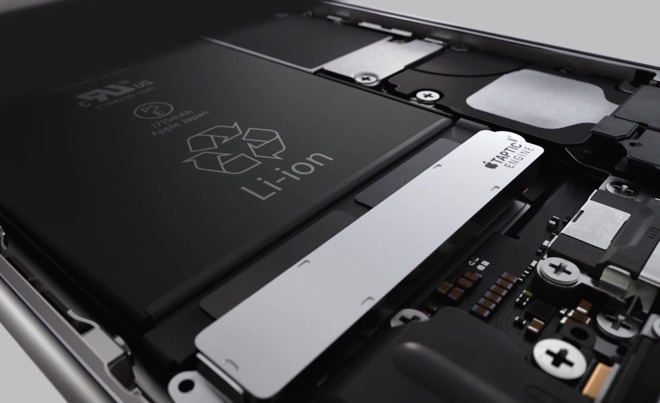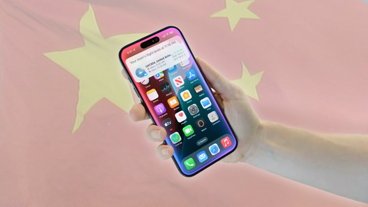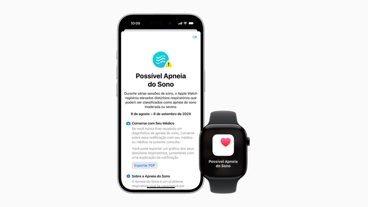Buried among the sea of features, upgrades, modifications and changes coming to iOS 13 is a new battery optimization tool designed to intelligently hold charge levels below a designated threshold, thereby preventing premature battery aging.
According to Apple's iOS 13 feature preview webpage, the upcoming operating system incorporates a novel battery optimization feature that helps prevent aging by reducing the time a device is spent fully charged.
Lithium-ion batteries like those used in iPhone are somewhat sensitive to electrical currents when charging, a situation that is exacerbated when the cell nears full charge. Existing iOS battery management allows devices to fast charge up to 80% capacity — depending on temperature, duty cycles and other factors — before reverting to a trickle charge, a method designed to extend a battery's lifespan.
Instead of relying on a predefined threshold, iOS 13 will include a tool that learns a user's daily charging routine and waits to top off an iPhone's battery until that extra power is needed. This process will slow the rate of battery aging by reducing the amount of time an iPhone remains fully charged, Apple says.
The feature appears to be an option that can be enabled or disabled as needed.
Apple came under fire in 2017 after it was discovered that an iOS update artificially throttled the performance of iPhones with depleted batteries in a bid to alleviate problems related to random shutdowns. Media and the public cried foul over the unadvertised "feature," prompting Apple to apologize for what it characterized as a "miscommunication."
The tech giant later instituted a battery replacement program to deal with the fallout. In January, CEO Tim Cook revealed some 11 million people took advantage of the cheap battery offer.
 Mikey Campbell
Mikey Campbell








 Wesley Hilliard
Wesley Hilliard
 Malcolm Owen
Malcolm Owen
 Andrew Orr
Andrew Orr
 William Gallagher
William Gallagher
 Sponsored Content
Sponsored Content
 Christine McKee
Christine McKee

 Thomas Sibilly
Thomas Sibilly







14 Comments
I am not sure what this means. Does it mean if your iPhone battery is at say, 81% maximum capacity, the slow down to trickle charging happens earlier than 80%, say 61%?
the intelligent charging based on long term use case sounds like a great feature though. I assume it means that if I charge the iPhone every night, it does not fully recharge until early in the morning.
The tech giant later instituted a battery replacement program to deal with the fallout. In January, CEO Tim Cook revealed some 11 million people took advantage of the cheap battery offer.
Dumbest thing Apple did last year.
They should have rolled back the feature that throttled the processor on an iPhone that had a worn out battery and instead had a popup message that explained your battery has been depleted and will need to be replaced or the device may power off unexpectedly and could possibly damage it if it happens repeatedly.
I think it means that e.g if you typically charge your iPhone at night, that it will hold off charging to full capacity until the morning, so that it doesn't have to be long in a state where battery is full but not being used much..
Generally speaking, lithium batteries benefit from being kept, as well as stored, with a partial state of charge. Keeping them fully charged, or close to fully drained impacts their durability. If one desires to preserve the maximum life of the batteries in their devices, avoid the habit of leaving them connected to the charger at 100%, or dead for prolonged periods if they're not going to be in regular use. Practical considerations take priority for most users, who aren't going to sacrifice useful capacity by not topping off, or squeezing every bit out, but there is a trade off. It's not so much the spurious effects of current approaching full charge as the story implies; a good quality charging circuit will accurately taper and cut off the charging current as the battery reaches 100% at the end of the CC/CV cycle. Good to see Apple acknowledge that in its charging strategies.